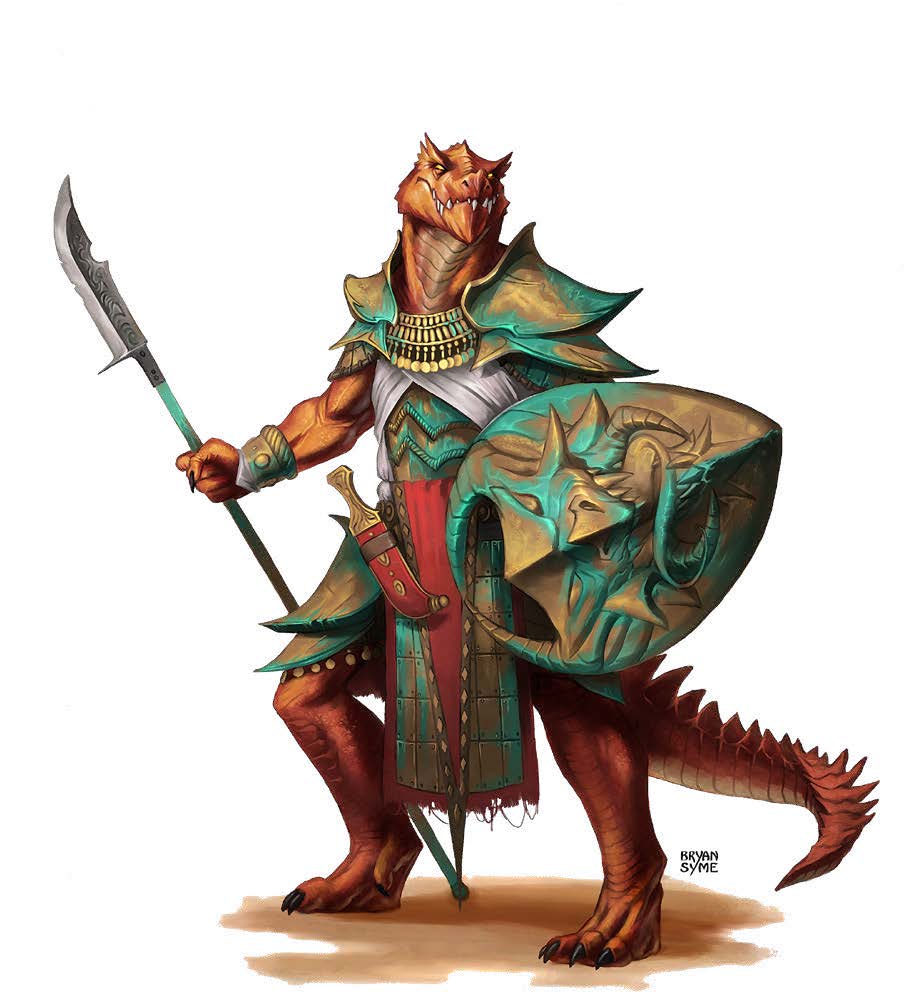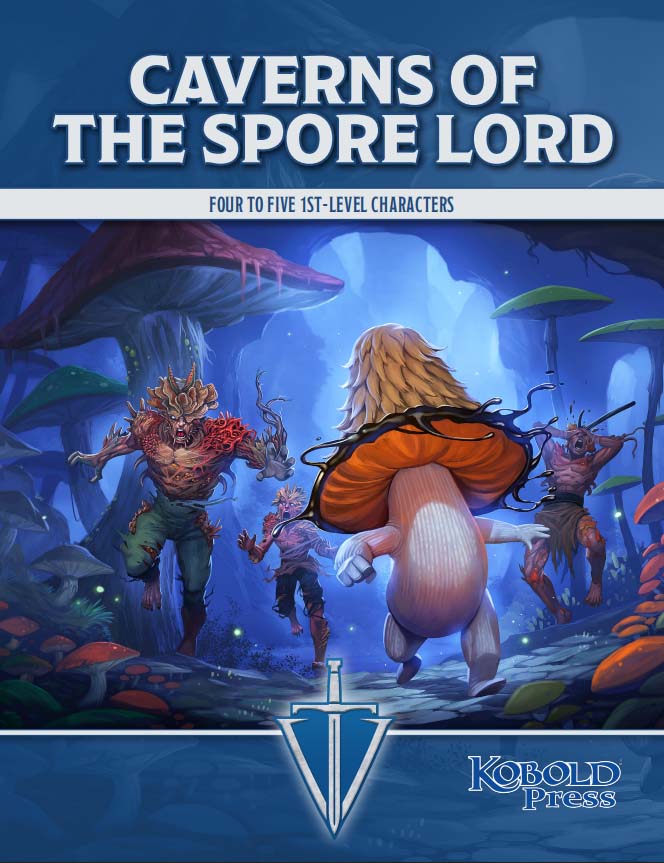 Enormous battles against overwhelming odds are a staple of the fantasy genre, of the books and movies and games that inspire so many campaigns. Trying to bring that experience to the tabletop, though, is difficult with the increased bookkeeping, time, and attention that such combats require.
Enormous battles against overwhelming odds are a staple of the fantasy genre, of the books and movies and games that inspire so many campaigns. Trying to bring that experience to the tabletop, though, is difficult with the increased bookkeeping, time, and attention that such combats require.
To War!
There are existing rules to mitigate this. Both the Monster Manual and Dungeon Master’s Guide offer ways to speed up combat or handle large numbers of opponents. However, these solutions don’t quite make fighting a horde of foes a reasonable or mechanically rewarding task.
Fortunately, other games (especially wargames) have iterated upon solutions to this problem that you can adapt for your campaigns. The solutions we’re going to talk about solve two problems. First, they let you simulate many enemies as a single combatant. Second, they keep the fight from dragging out long after it’s been won.
For a practical example, let’s take a hypothetical mob of twenty commoners (Challenge 0). Only 10 XP each, but with twenty enemies, we will run into the worst problems of large combats with fundamentally boring foes. Additionally, what should be about 200 XP of opponents is now budgeted at 800 for most groups due to how encounter design works but still only gives 200 XP worth of rewards to the players.
Our first potential solution to this problem is an iteration on grouping monster initiative called the group turn. This is based upon mechanics like Genesys’s minion groups, Exalted’s battlegroups, and Infinity’s fire teams. Essentially, a mob is turned into a more manageable number of units by turning most of them into a buff for one enemy who takes action. They absorb hits, occupy space, and increase accuracy and damage with these benefits disappearing as the mob is cut through.
Group Turn: All creatures that are part of a group turn take their turn on the same initiative count. All of them move, take, and provoke reactions normally. Only one creature in the group (the group leader) can take actions or bonus actions. The group leader is decided at the start of each group turn.
For every three creatures in a group turn who are currently capable of taking actions, the group gains these bonuses in this order:
1) The group leader gains advantage to all skill rolls and all attacks. Each additional time this benefit is gained, another creature in the group gains its benefit.
2) The group leader gains +1d4 damage on all attacks. This does not stack with other effects or spells that would increase its damage. Each additional time this benefit is gained, another creature in the group gains its benefit.
3) When the group leader takes an Attack action, one other creature in the group may take an Attack action. This stacks, though the same creature cannot take more than one Attack action.
All creatures in a group turn are treated as one creature for the purposes of encounter design. A group is worth XP equal to the combined XP of its members.
Using this example, our mob of twenty commoners now becomes a group of twenty commoners. They’re worth 200 XP and have roughly the damage output that you’d expect from a Challenge 1 creature. Additionally, while they have a lot of health, they also have terrible AC and will lose lethality as the fight progresses. However, it’s wordy, and the scaling will often fail to fit the XP value of the group as well as it has here.
Formations are our second potential solution. These are based on more traditional wargames, like Chainmail, Kriegsspiel, and Warhammer. Here we use a monster feature to represent a formation of smaller, less dangerous creatures fighting in formation.
Formation (X): For effects that choose a number of targets instead of being applied to an area, the formation counts as X targets. Effects that would only apply to less than X targets do not apply conditions to the formation while effects that would deal damage to at least X targets or that are applied to an area deal double damage to formations.
For our example mob of commoners, we’re aiming for CR 1 and end up with something like this:
Mob of Commoners
Huge formation (Medium humanoids)
hp 36 (8d8) AC 10
Abilities/Saves/Skills: As Commoner.
Overwhelming Numbers. While above half-Health, a mob of commoners has advantage on attacks and skill checks.
Formation (5). For effects that choose a number of targets instead of being applied to an area, the formation counts as 5 targets. Effects that would only apply to less than 5 targets do not apply conditions to the formation while effects that would deal damage to at least 5 targets or that are applied to an area deal double damage to formations.
Attacks
Multiattack. The mob makes any combination of six club and rock attacks. It may only make three attacks against a single target each turn.
Club. Melee Weapon Attack: +2 to hit, reach 5 ft., one target. Hit: 2 (1d4) bludgeoning damage
Rock. Ranged Weapon Attack: +2 to hit, range 10/60 ft., one target. Hit: 2 (1d4) bludgeoning damage
We now have a Challenge 1 creature that represents a large mob of hostiles through its actions but will die significantly more quickly and requires less bookkeeping than our group turn model. However, we’ve lost the ability to spread them out, and they have some of the same verisimilitude issues as swarms with regards to single target and AoE effects.
Our two solutions provide a variety of ways to make combat against hordes and legions of enemies easier to run and more rewarding to play. Each solution has its own benefits and drawbacks: the group turn is easy and requires little to no prep from the GM but is wordy, can have scaling issues, and doesn’t deal with the problem of the group becoming a mass of hp to chew through. The formation is more mechanically elegant and can be tailored to fit a challenge of your choice but requires much more prep time and interacts counterintuitively with many effects.


I like this, as it lets me make fighting a goblin horde a real playable challenge rather than bogging down in bookkeeping.
This helped to better understand how the game works
Last night I treated a mob of cultists as a swarm, lumping their HP together. Then whenever my players (6 pcs at levels 4-7) dealt a blow to any member of the cult swarm a member of it collapsed. I have the swarm a multiattack of as many attacks as it had hp in multiples of ten. When the players dealt ten damage or more in one strike (nearly every hit at this tier of the game) the cult swarm lost one of their attacks. The individual members of the mob could move independently and choose their targets but their hp was founded more on their will to keep fighting then their actual physical well-being. It worked quite well.
I also did a modified version of this! It worked great. It made it so easy to track overall health. While also making the fight appear more epic in scale.
I made some minor changes and came up with the following as an example. My players loved it. They felt strong enough so it presented a challenge, but also was easy for me to Manage. They think I should continue to use this mechanic, because while challenging, it made them really consider what they would if Zombie Hordes start coming at them; let’s just say they laid down heavy ranged fired before starting the fight!
Zombie Horde
HP (12d8 +9) 90
AC: 8
Abilities/Saves/Skills: As Zombie
Overwhelming Numbers: While above half-health a Zombie Horde has advantage on attacks and skill checks.
Formation (4): Zombie Horde consists of 4 Zombies. Zombie Horde gains bonus Attack and Damage bonus equal to the Formation value. For every 3d8(24) Hit points lost by the Zombie Horde, a Zombie within the Horde will be reduced to 0. If the Zombie does not survive due to the Undead Fortitude (see below), then the Formation Value is reduced by 1.
Undead Fortitude. If damage reduces a Zombie within the Horde to 0 hit points, it must make a Constitution saving throw with a DC of 5 + the damage taken, unless the damage is radiant or from a critical hit. On a success, the zombie drops to 1 hit point instead.
Attacks
Multiattack. The Horde makes any combination of attacks equal to its current formation value. It can only make three attacks against a single target each turn.
Slam. Melee Weapon Attack: +3 (+4 for Formation) to hit, reach 5 ft., one target. Hit: 4 (+4 for Formation) (ld6 + 1) bludgeoning damage.
Bite. Melee Weapon Attack: +3(+4 for Formation) to hit, reach 5 ft., one target. Hit: 4 (+4 for Formation) (ld6 + 1) piercing damage.